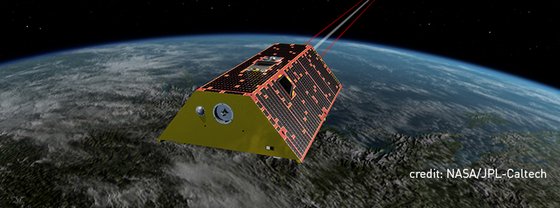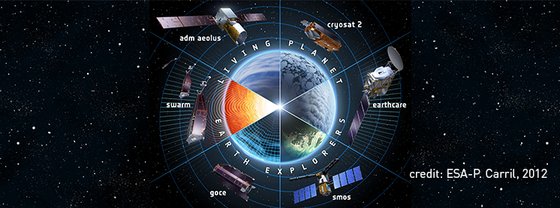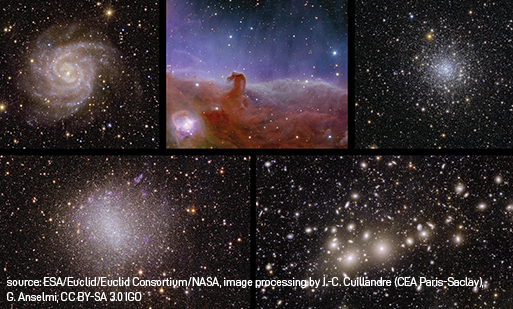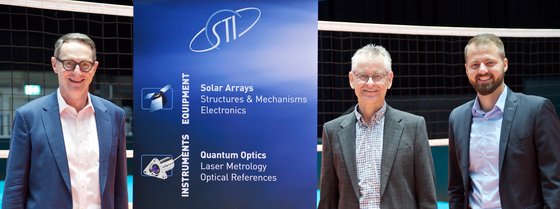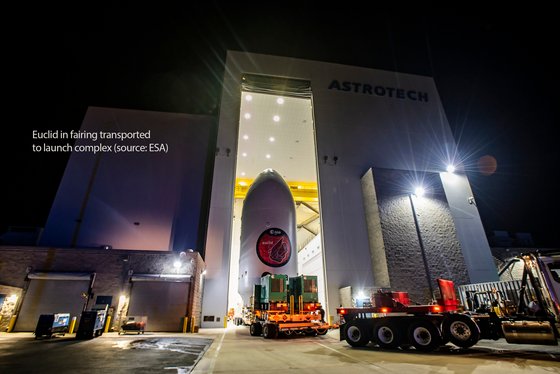From Gravity to Water on Earth – with GRACE
German Space Agency at German Aerospace Center (DLR) contracts SpaceTech for laser instrument development and launcher procurement for German-American…
Interferometer for Aeolus-2 mission
SpaceTech has been contracted by ESA for the pre-development of a Double field compensated Michelson Interferometer (DMI) and a Fizeau interferometer…
2023 – a year of steady growth at SpaceTech
Another year has almost passed. Time to thank you again for all the good work we did together, for the ideas, the fruitful discussions, the fairness,…
VfB Volleyball Erfolg in der SPACETECH ARENA
Der VfB spielt sich warm in der SPACETECH ARENA – mit dem 3:0 Bundesligasieg gegen Düren am 08.12.23 konnte das Team bereits den dritten Heimsieg der…
Euclid delivers first pictures
Euclid is an ESA mission to map the geometry of the Universe and better understand the mysterious dark matter and dark energy...
SPACETECH ARENA
Heimspielstätte bekommt neuen Namen – VfB Friedrichshafen schlägt ab sofort in der SPACETECH ARENA auf...
Erfolg für das STI Laufteam beim ZF-Firmenlauf 2023
Das stetig wachsende SpaceTech Laufteam startete wieder beim ZF Firmenlauf in Friedrichshafen mit großartigen Ergebnissen...
Euclid mission getting ready for launch – with STI sunshield
The Euclid mission, part of ESA's Cosmic Vision program, is getting ready for its launch.
EIVE in orbit
EIVE launch successful - Congratulations to the whole EIVE satellite team!


